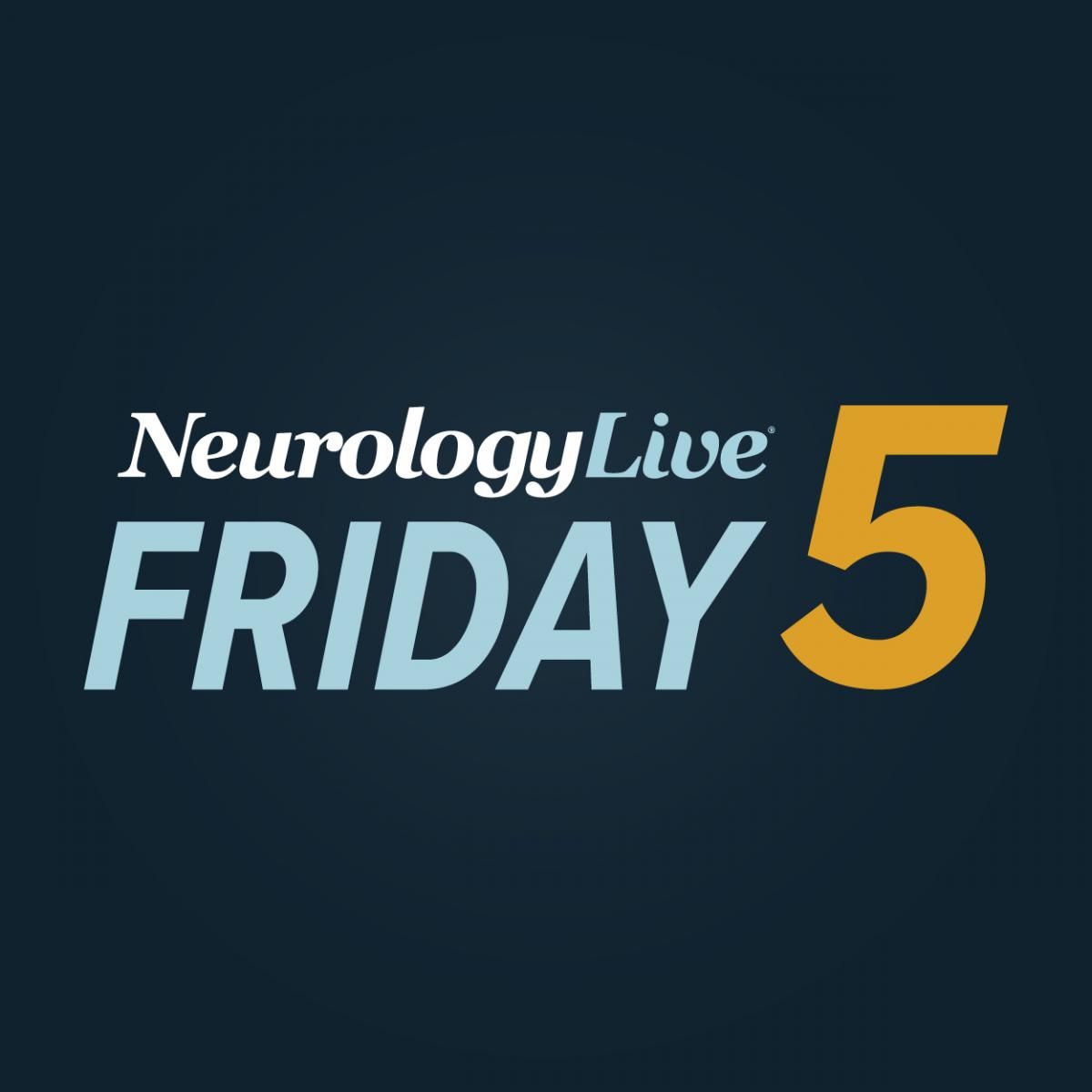News
Article
Ubrogepant During Migraine Prodrome Shows Significant Benefits in Patient-Reported Outcomes
Key Takeaways
- Ubrogepant significantly improved functional ability and reduced activity limitations during the prodrome phase of migraines compared to placebo.
- Functional benefits were observed as early as two hours post-dosing, with sustained satisfaction at 8 and 24 hours.
A recent analysis of the PRODROME trial explored the impact of ubrogepant, an FDA-approved acute treatment of migraine with or without aura, on patient-reported outcomes in migraine management.
Richard B. Lipton, MD
(Credit: American Headache Society)

A recent analysis of the PRODROME trial (NCT04492020) demonstrated that ubrogepant (Ubrelvy; AbbVie) treatment during the prodrome phase of migraine significantly improved patients' ability to function normally, reduced activity limitations, and increased satisfaction compared with placebo. Published in Neurology, findings highlighted ubrogepant's potential to enhance quality of life by preventing moderate to severe headaches before they fully develop.1
In this analysis of the PRODROME trial, researchers evaluated the impact of ubrogepant, a calcitonin gene-related peptide (CGRP) receptor antagonist, on patient-reported outcomes (PROs) when administered during the prodrome phase of migraine. The study enrolled 518 adults experiencing 2 to 8 migraines per month, with 477 participants included in the modified intent-to-treat population. Findings indicated that ubrogepant 100 mg significantly enhanced patients' ability to function normally over 24 hours compared with placebo (OR, 1.66, 95% CI, 1.40–1.96; P <.0001).
“This PRO analysis of the PRODROME trial evaluated key functional measures after the treatment of qualifying prodrome events with ubrogepant 100 mg or placebo. At the time of treatment, 75% of participants had at least some degree of functional limitations before headache began,” lead author Richard B. Lipton, MD, director of the Montefiore Headache Center at Albert Einstein College of Medicine, and colleagues wrote.1 “Although previous studies have demonstrated functional limitations before the onset of headache, the high relative frequency of functional limitations is striking.”
The PRODROME trial was a multicenter, randomized, double-blind, placebo-controlled, crossover study designed to evaluate the effects of ubrogepant when administered during the prodrome phase of migraine. Participants treated 2 qualifying prodrome events — episodes where they were confident a headache would follow in 1 to 6 hours — and were randomly assigned to either placebo followed by ubrogepant or ubrogepant followed by placebo.
READ MORE: Misdiagnosed Migraine Leads to Significant Burden on Healthcare Resource Utilization
Notably, in the analysis, functional benefits were observed as early as 2 hours after dosing, where a greater proportion of ubrogepant-treated participants reported "no disability, able to function normally" compared with placebo (OR, 1.76, 95% CI, 1.32–2.35; P = .0001). Beyond functional ability, ubrogepant demonstrated a meaningful reduction in activity limitations over 24 hours, with an OR of 2.07 (95% CI, 1.61–2.67; P <.0001).
Participants also expressed higher levels of satisfaction with the study medication at both 8 and 24 hours post dose. At 8 hours, the odds of being "satisfied" or "extremely satisfied" were 2.37 times higher for ubrogepant compared with placebo (95% CI, 1.78–3.15; P <.0001). Similar levels of satisfaction were maintained at 24 hours (OR, 2.32; 95% CI, 1.78–3.02; P <.0001).
Adverse events (AEs) were reported by 16.9% of participants (n = 77) following ubrogepant 100 mg administration, compared with 11.9% after placebo (n = 55). The most commonly reported AEs included nausea (5.0% vs 3.2%), dizziness (2.4% vs 2.6%), fatigue (2.6% vs 1.5%), and somnolence (2.4% vs 1.1%) after treatment with either ubrogepant or placebo.
This study had timing and efficacy limitations, with potential recall bias because of 24-hour recall periods and restricted assessment time points. It included participants who could reliably identify prodrome symptoms in 1–6 hours, limiting generalizability, and allowed treatment of different symptoms at each event, which may have affected outcomes. Debate remains over whether neck pain is a prodromal or headache symptom, and the study was noted by authors as lacking diversity.
“In PRODROME, ubrogepant was superior to placebo in reducing the development of moderate or severe headache within 24 and 48 hours after treating a qualifying prodrome event,” Lipton et al noted.1 “Compared with placebo, ubrogepant treatment when administered during the prodrome resulted in a significantly greater proportion of patients being able to function normally over 24 hours, a reduction in activity limitations at 24 hours, and a greater proportion of participants reporting satisfaction with study medication at 8 and 24 hours. Taken together, these results demonstrate the functional benefits of ubrogepant for the treatment of acute migraine when administered during the prodrome.”
In December 2019, the FDA approved ubrogepant for the acute treatment of migraine with or without aura in adults, which made it the first-in-class oral CGRP antagonist for this indication.2 The new drug application was supported by data from the 2 pivotal studies—ACHIEVE I and II; as well as 2 additional safety studies UBR-MD-04 and 3110-105-002. The study results showed that both doses were effective, with patients reporting significant rates of pain freedom and freedom from most bothersome symptoms at 2 hours post-dose. The drug remains contraindicated for co-administration with strong CYP3A4 inhibitors.





